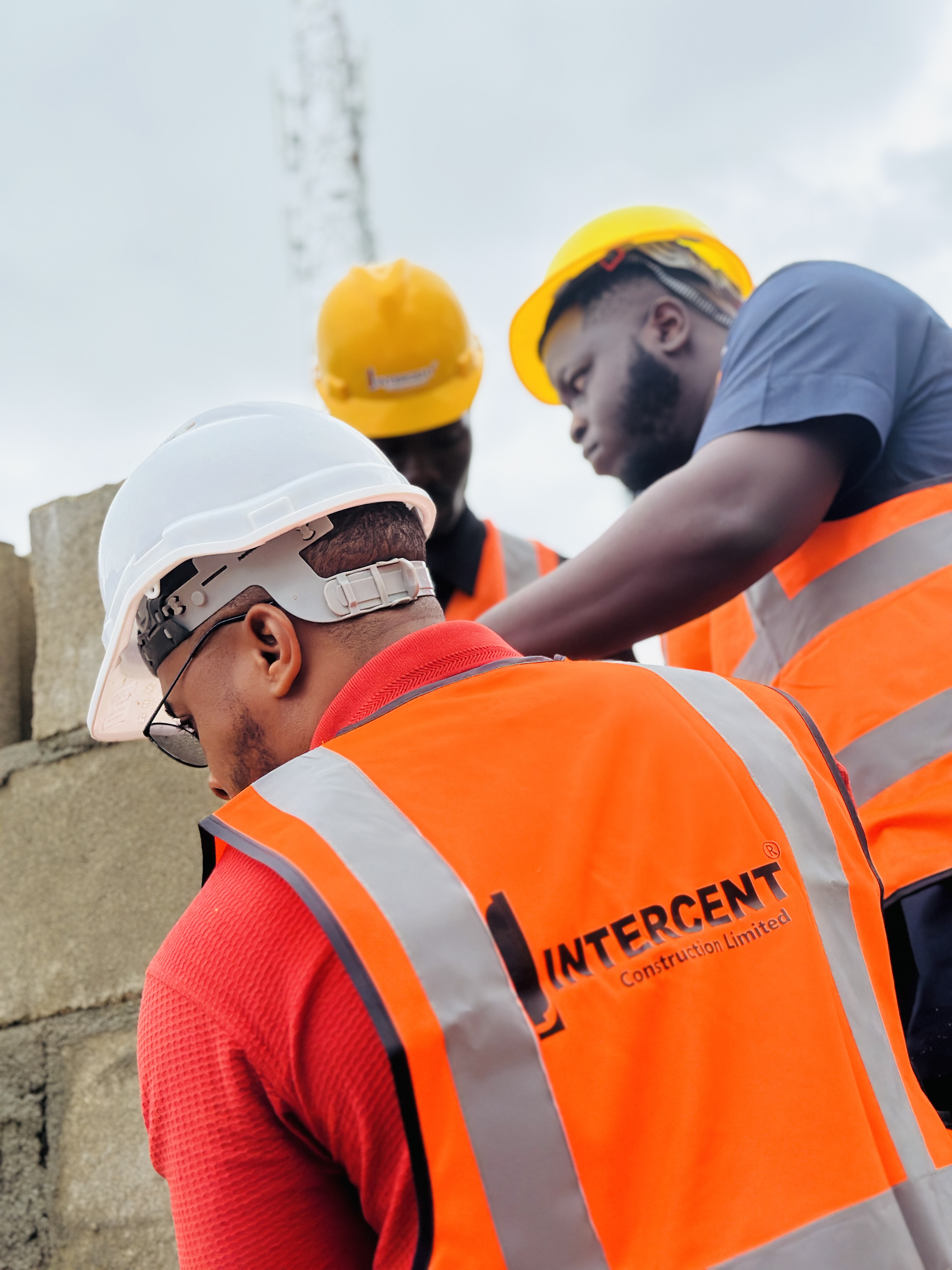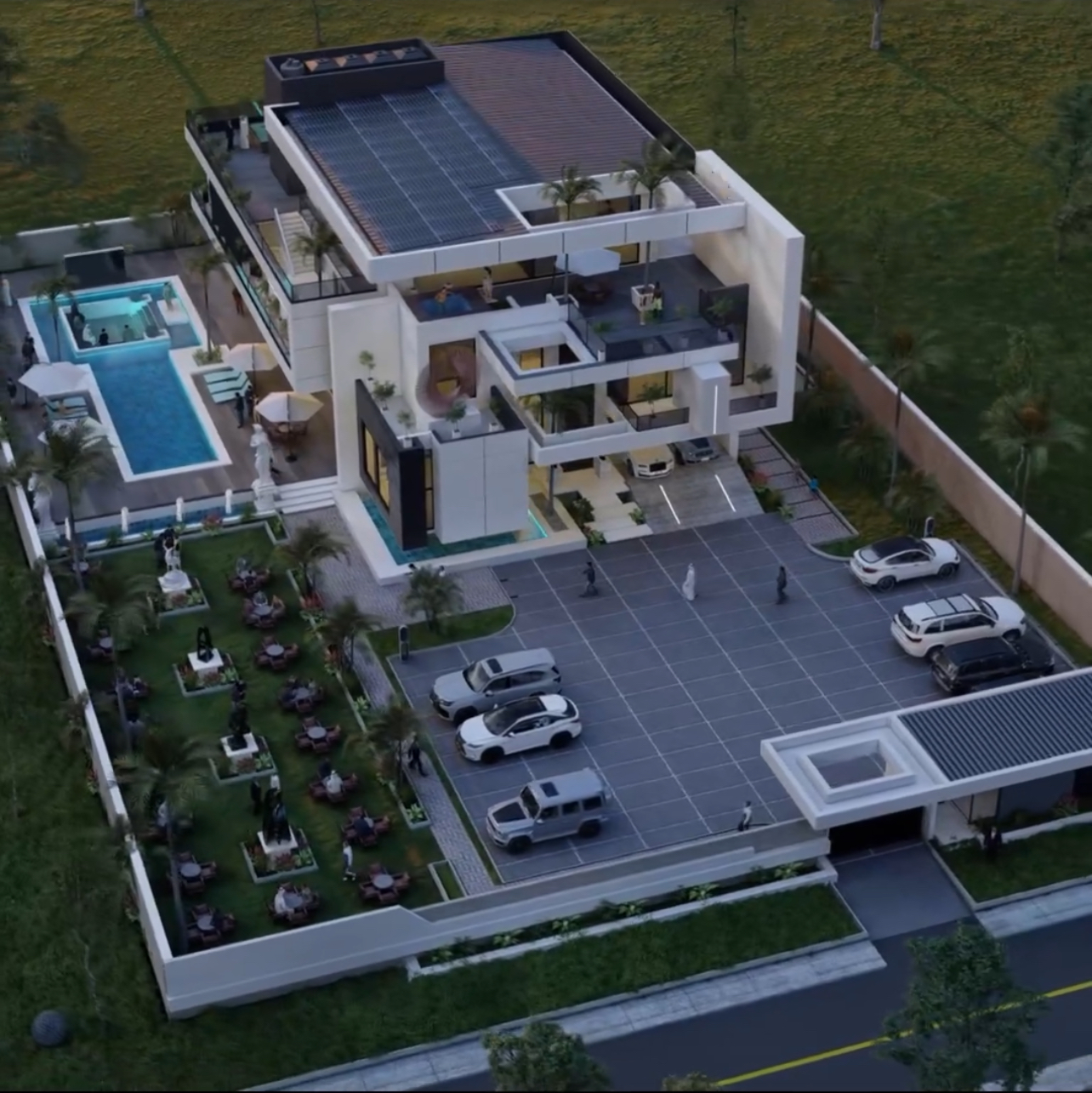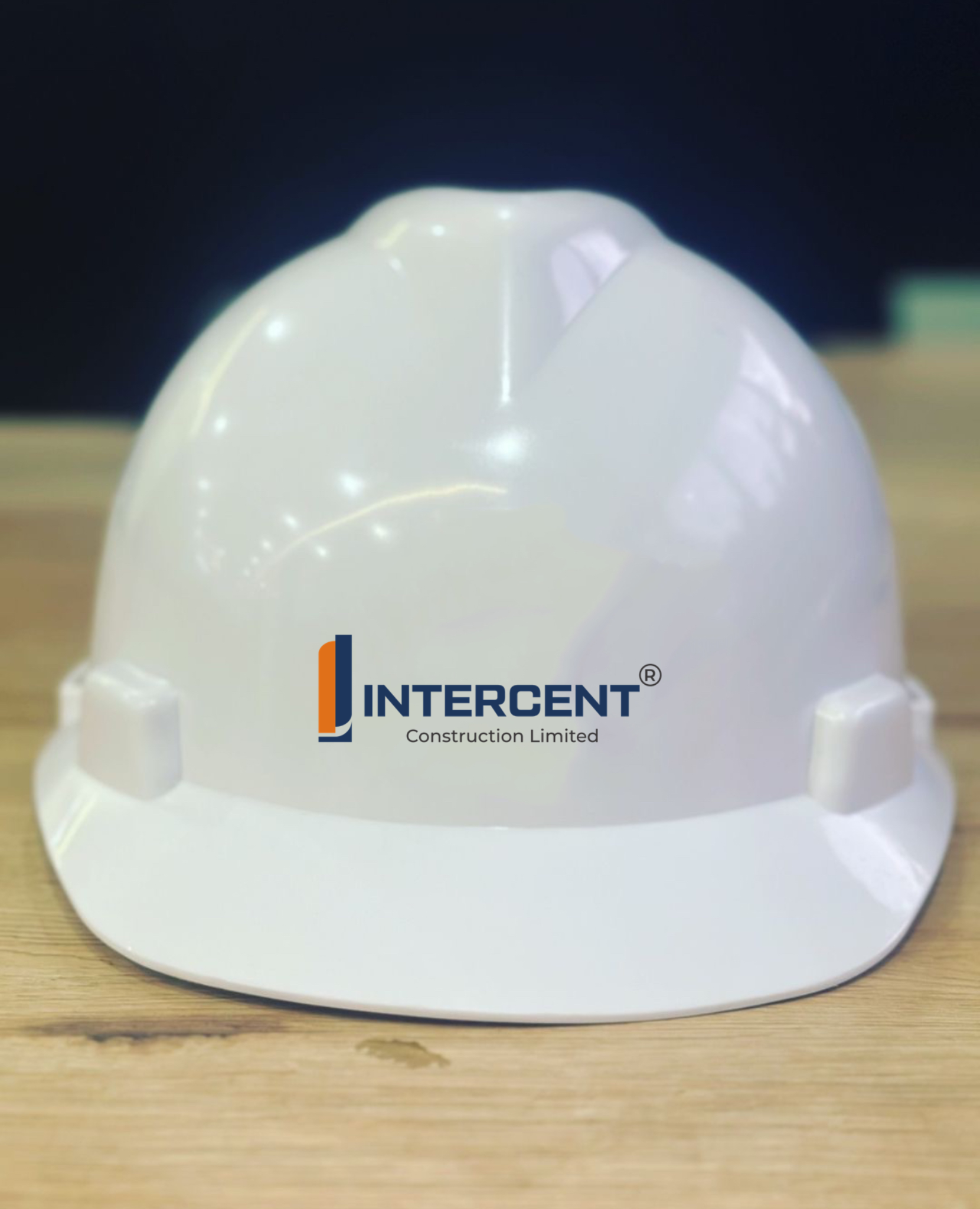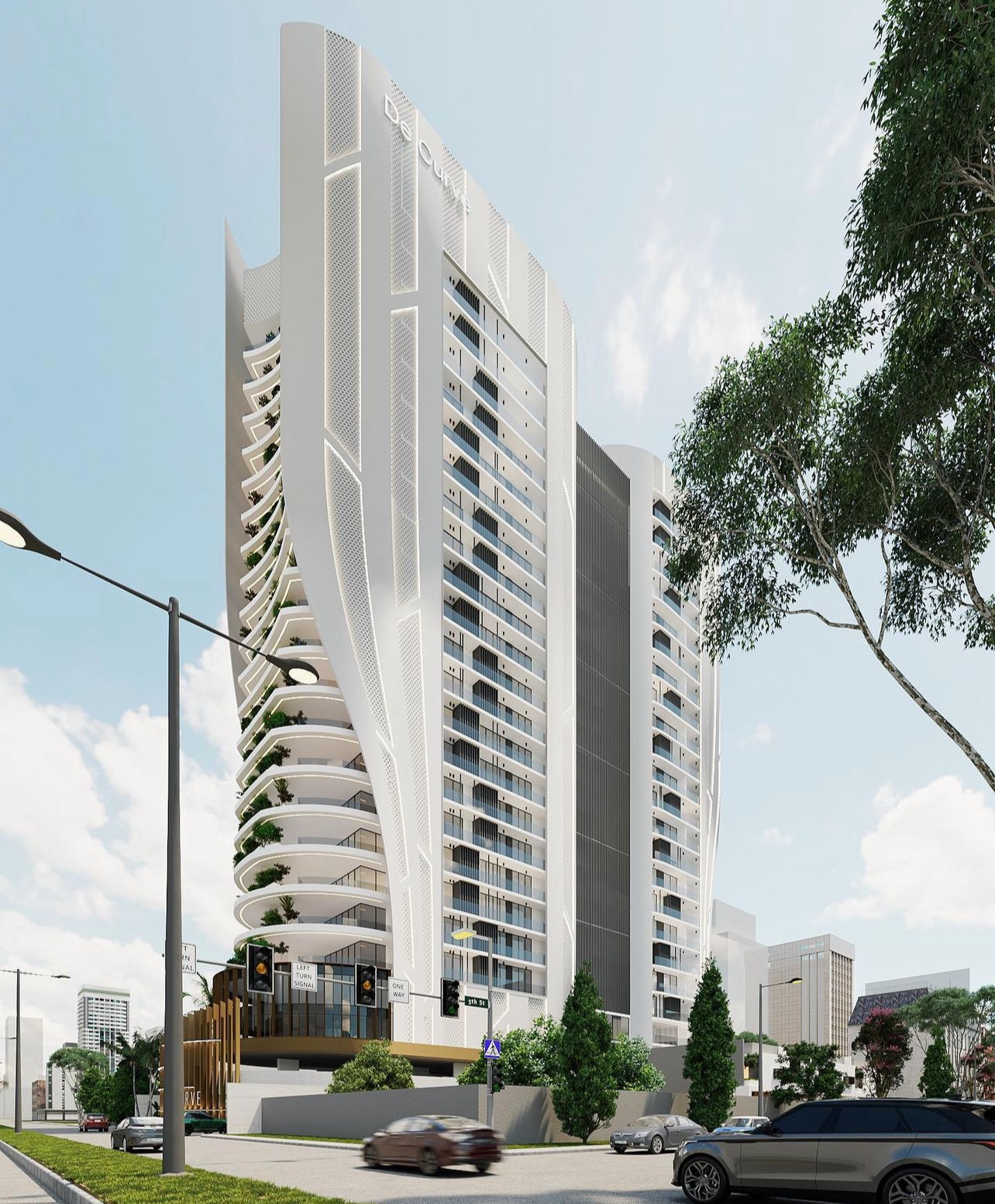The five stages in building construction are the pre-design stage, design stage, procurement stage, construction stage, and post-construction stage.
Understanding these stages is essential for everyone involved in building construction, including architects, engineers, and contractors, to deliver a successful project that meets the client’s needs and expectations.
In this article, we will outline the various stages of building construction, providing a comprehensive guide to help you navigate the process.
The Five Stages in Building Construction
The five stages in building construction are:
- Pre-Design Stage
- Design Stage
- Procurement Stage
- Construction Stage
- Post-Construction Stage
Pre-design stage:
The pre-design phase is an essential step in the building construction process that occurs after securing funding and before design commencement.
The following are the activities involved in the pre-design phase:
- Site analysis
- Programming
- Construction cost analysis
- To ensure optimal value and cost-effectiveness, value engineering evaluates the program, site selection, and project budget.
Design stage:
Also known as the pre-construction stage.
The design stage is a crucial phase of building construction that transforms the project’s vision into a tangible and detailed plan. This stage follows the pre-design phase and precedes the construction phase.
Objectives:
- Create a comprehensive design that meets the project’s functional, aesthetic, and sustainability requirements.
- Develop detailed drawings, specifications, and models that guide the construction process.
- Ensure compliance with building codes, regulations, and industry standards.
Key Activities:
- Schematic Design: Develop initial design concepts, floor plans, and elevations.
- Design Development: Refine the design, incorporating feedback and technical input.
- Construction Documents: Prepare detailed drawings, specifications, and models.
- Building Information Modeling (BIM):Create digital models to facilitate collaboration and accuracy.
Procurement stage:
In construction, procurement refers to the process of obtaining the necessary materials, services, and labor for a project.
This process typically starts with recognizing the need for specific resources, then moves on to choosing the best contractors or suppliers, negotiating prices, and ultimately finalizing contracts.
Meeting project timelines, budgets, and quality standards requires effective procurement.
The procurement process typically involves three stages:
- Planning Phase: Identifying needs, defining requirements, and developing a strategic plan for acquiring goods, services, or works.
- Acquisition Phase: selecting vendors, negotiating prices and terms, and awarding contracts.
- Contract Management Phase:Overseeing contract execution, managing vendor relationships, and ensuring compliance with agreed-upon terms and conditions.
Objectives:
- At competitive prices, acquire high-quality materials, services, and labor.
- Ensure that resources are delivered and available on time.
- Manage risks and minimize potential disputes.
- Comply with regulatory requirements and industry standards.
Key Activities:
- Identification of Needs: Determine the project’s required materials, services, and labor.
- Contractor Selection: Research, evaluate, and shortlist potential contractors and suppliers.
- Negotiation: Discuss and agree on prices, terms, and conditions with selected contractors.
Construction stage:
The construction stage encompasses the entire physical transformation of a building or infrastructure project, including:
- Building, landscaping, or refurbishing works
- Preliminary activities include demolition, site clearance, and preparation.
- There are ongoing administrative tasks, such as project management and supervision
- All associated tasks guarantee the project’s triumphant conclusion.
The construction stage is the most visible and dynamic phase of building construction, transforming designs into tangible structures.
This critical phase requires meticulous planning, precise execution, and effective management to ensure successful project delivery.
The construction stage involves a variety of physical activities, including:
- Building and landscaping works
- Demolition and site clearance
- Foundation laying and structural construction
- The process involves the installation of electrical, plumbing, and HVAC systems.
- The finishing works include flooring, painting, and fixture installation.
This stage also includes physical construction.
- Project management and supervision
- Quality control and assurance
- Safety management and risk assessment
- Material procurement and logistics management
- Labor management and training
Post-construction phase:
The post-construction stage in building construction is the final phase of the project, where the focus shifts from building to occupancy and maintenance.
This stage is crucial in ensuring that the building is safe, functional, and meets the client’s requirements.
Activities in the Post-Construction Stage:
- Project Close-out: Finalize all construction activities, complete punch lists, and obtain final inspections and certifications.
- Occupancy and Handover: Hand over the building to the client, ensure a smooth transition, and provide necessary documentation and training.
- Warranty and Maintenance: Address any defects or issues during the warranty period, and provide maintenance support to ensure the building remains in good condition.
- Final Inspections and Testing: To ensure the building meets safety and quality standards, conduct thorough inspections and testing.
- As-Built Documentation: Prepare and submit final drawings and documents that reflect the building’s actual construction.
- Project Evaluation and Review: Conduct a post-project review to identify lessons learned, areas for improvement, and successes.
Did you Like This Post? Share it:
Leave a Reply
Your email address will not be published.
Subscribe to our Newsletter
Get the latest updates about the latest developments and exciting news on how we are shaping the future!





